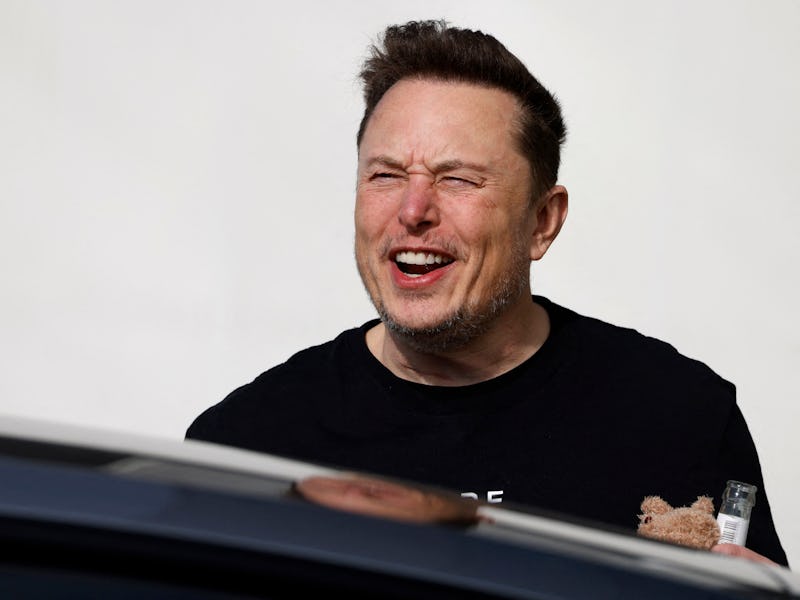Elon Musk Is Forcing Self-Driving on Customers Whether They Want It or Not
Sorry, but if you're buying a Tesla you're going to have to endure a Full Self-Driving test drive.

If you’ve given up on self-driving, I can’t blame you. For the better part of a decade, EV titans like Tesla have been promising to deliver to the world a car that can drive itself as well (if not better) than a human. The reality? Well... not quite as sophisticated.
But just because you may be giving up doesn’t mean autonomous driving evangelists like Elon Musk are ready to let you. In fact, Tesla is so adamant about proving to drivers that fully autonomous cars are still the Next Big Thing that it’s now requiring that anyone who’s purchased one of its EVs participate in a demonstration of the company’s Full Self-Driving (FSD) beta before they’re given the keys.
Buckle up, folks, we’ve got some mandatory marketing to endure.
Not So Autonomous
According to a report from Bloomberg, Musk recently sent out a company-wide memo instructing all of its sales associates to install and activate the newest version of FSD on its vehicles so that they can take buyers on a “short test ride.”
In the memo, Musk says that “almost no one actually realizes how well (supervised) FSD actually works.”
On one hand, Musk’s estimation may be true — FSD is still a beta by Tesla’s own definition, and, like any beta, it’s not a requirement that customers use it at all. Plus, Tesla’s FSD beta still costs quite a bit extra per month to own: $199 extra, to be exact. That’s not exactly cheap, which means there are likely a lot of Tesla owners forgoing access to FSD as a cost-saving measure before ever giving it a spin.
On the other hand, it wouldn’t be surprising if another subset of Tesla customers has no interest in FSD whatsoever. The company’s self-driving endeavors haven’t exactly gone off without a hitch. Over the last few years, Tesla and FSD have been the subject of a criminal probe from U.S. regulators and FSD’s potential involvement in a fatal crash probably doesn’t help matters from a marketing perspective.
Tesla’s Full Self Driving tech is one of the most controversial technologies in recent years.
On a less dire note, there’s also sufficient evidence to suggest that FSD just isn’t as useful or seamless as Tesla would like everyone to believe.
That’s all to say that if a potential customer had a pointed objection to using FSD as opposed to just being ignorant about its existence, they’d have legitimate ammunition to feel that way.
And regardless of whether a customer is ignorant of Tesla’s FSD beta or pointedly opposed to using it, Musk acknowledges one major pitfall of mandating a demo: delivery times. Obviously, adding an extra step to the delivery process is going to slow things down, which is likely not a welcome side-effect for Tesla or its customers.
Road Closed
The fact that Musk is willing to potentially irk some customers and slow down Tesla’s delivery process says a lot about just how committed he is to seeing self-driving through.
A part of that insistence is probably ideological: Musk has been planting Tesla’s flag in the fully autonomous future from the very start, and as faith in the technology wanes, the company will have to try even harder to win people over. And the other part? Money. Given that FSD is a subscription — a costly extra — there’s a lot of revenue to be gained from convincing people that it’s a worthy addition to their Tesla experience.
Even more broadly, the relatively drastic measure of requiring buyers to demo FSD before owning their vehicles may speak to public sentiment about autonomous vehicles in general — a mixture of ignorance, skepticism, and probably most common of all, indifference.
So, Musk wants us to want self-driving — but the people? Well, they may just want to drive their own damn cars.